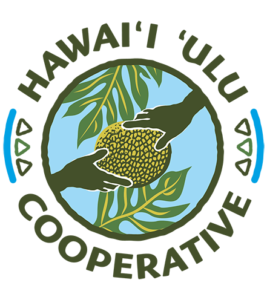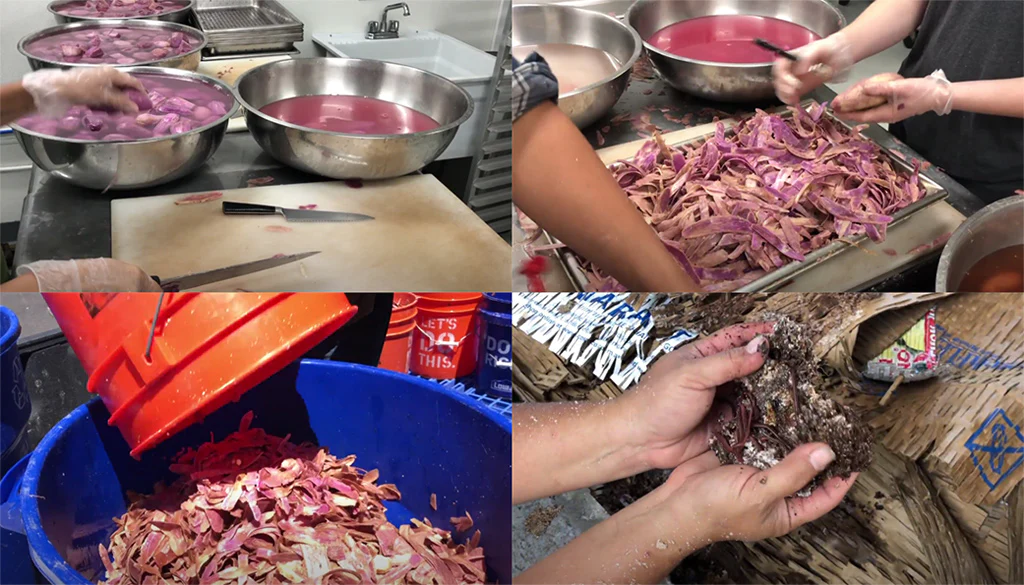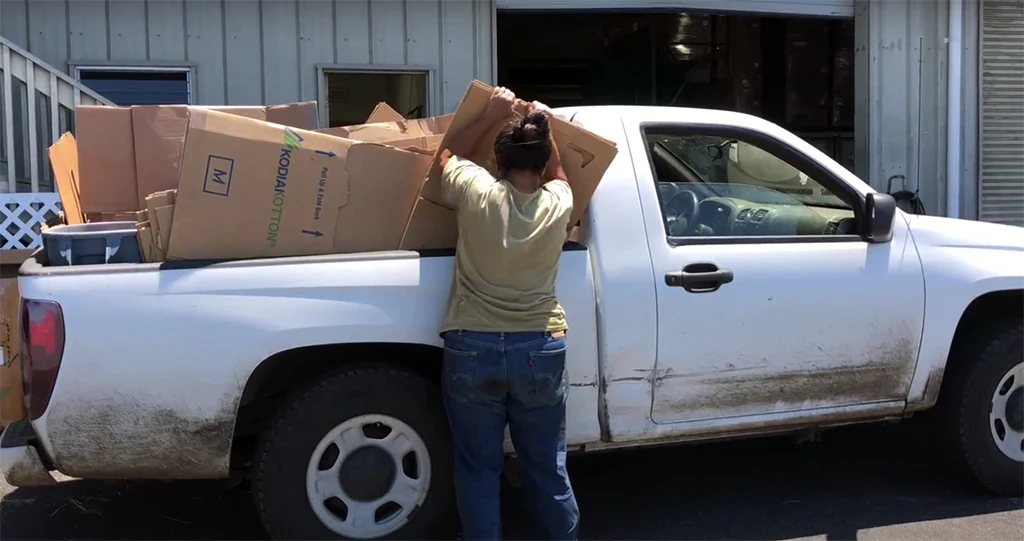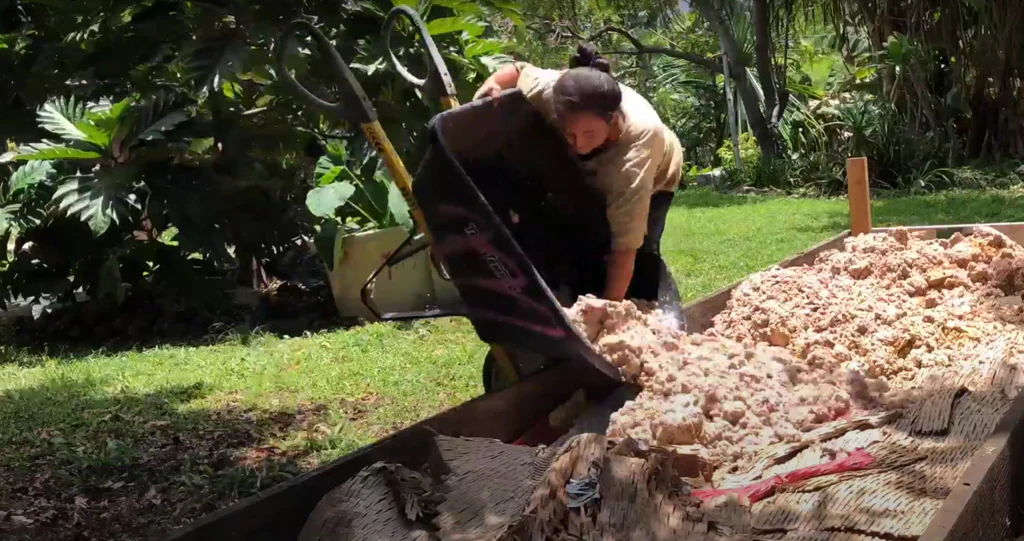A Regenerative Circle: From Crops to Compost
In this video, take a tour of Māʻona Community Gardenʻs vermicompost system and see how Aunty Chantal turns food and paper waste into an incredible soil amendment for local farmers.
First, local farmers work hard to grow their crops before bringing them to the Hawaiʻi ‘Ulu Cooperative. Once farmers drop off their produce at the facility, co-op staff processes to create minimally processed, frozen and refrigerated products that can be found at local grocery stores and on the Co-op’s online store. Products are also available wholesale to other food manufacturers and food service establishments like cafés, restaurants and hotels.
Chantal Chung describes the composting partnership between the Māʻona Community Garden and HUC as a “Huge Regenerative Circle” in this video.
All of the organic waste from processing — including skins, cores, and trimmings — is loaded up into buckets and bins, and brought to the Māʻona Community garden in Hōnaunau. There, the waste is segregated into either sixteen hot composting bins (thermophilics) or one worm composting bin (vermicompost).
Next, paper waste – including cardboard boxes and shredded paper also gathered from the Co-op’s facility – is layered in the bin like a giant food waste “lasagna.” Then the microbes and worms take over the work; the whole process from food waste entering the garden to finished compost takes between 4-6 months.
The resulting compost is distributed to community gardeners at Māʻona and back out to local farmers — who in turn use it to grow more breadfruit, sweet potato, squash, and other crops that are then brought to the co-op for processing, creating new organic waste that keeps the cycle going. It’s one “huge circle, a regenerative circle from start to finish” Chantal says before smiling with a handful of her well-fed and hard-working worms.



